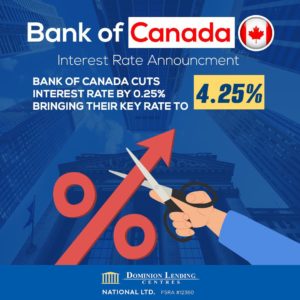What Happens When Your Mortgage Term Ends? Options and Next Steps
When your mortgage term ends in Canada, it doesn’t mean your mortgage is fully paid off. Instead, it’s the end of your current contract with the lender, and you’ll need to decide on the next steps for the remaining balance. Here’s what you need to know about your options:
1. Renew Your Mortgage
Renewing your mortgage means signing a new agreement with your existing lender for another term, which can range from a few months to several years. Most lenders will send you a renewal offer before your term ends. It’s crucial to review the offer carefully, as you may not always receive the best rate available. Negotiating for a lower rate or better terms could save you money.
2. Refinance Your Mortgage
Refinancing involves breaking your current mortgage and replacing it with a new one. This option allows you to access equity, consolidate debt, or secure a better interest rate and term. However, refinancing might come with penalties for breaking the mortgage early, so weigh the costs and benefits carefully.
3. Switch Lenders
If you’re unhappy with your current lender’s offer, you can switch to a new lender offering better rates or terms. While switching lenders might involve some fees (like appraisal or legal fees), the long-term savings from a lower interest rate can be worth the initial costs.
4. Pay Off Your Mortgage
If you’re in a financial position to do so, paying off your mortgage at the end of the term is an option. This allows you to become mortgage-free sooner and eliminates future interest costs. However, this might not be feasible for everyone, and you should consider if this is the best use of your funds.
5. Consider a Blended or Extended Term
Some lenders offer the option to blend your current rate with a new rate, resulting in a “blended” interest rate that can extend your term without penalties. This is ideal if you want to lock in a rate without fully breaking your mortgage.
Key Tips for Mortgage Renewal
Start Early: Begin reviewing your options 4-6 months before your term ends.
Shop Around: Don’t just accept the first renewal offer. Compare rates and terms from other lenders.
Negotiate: Lenders want to keep your business, so don’t hesitate to negotiate for better rates or terms.
Published by: Gurmaan Mortgages
M. 437-484-3273
